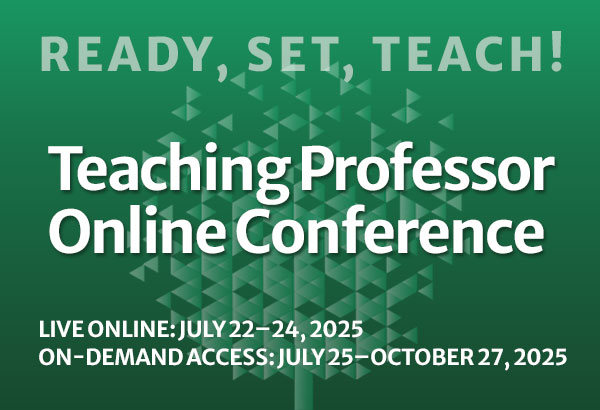Recommendations for an Electronic Portfolio Migration
Our institution has recently completed its third year of personnel reviews that rely completely on electronic portfolios. All retention, promotion, and instructional academic staff rehiring decisions now depend on electronic portfolios drawn from a common source, as do all internal annual reports and some external reports.







